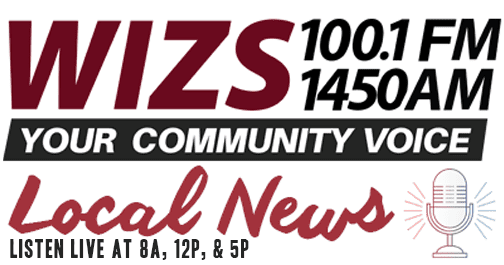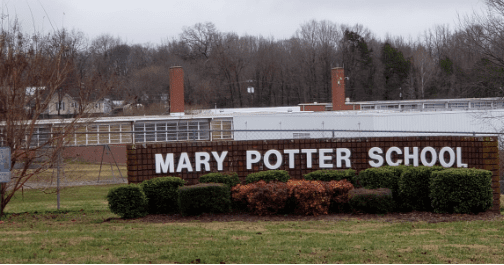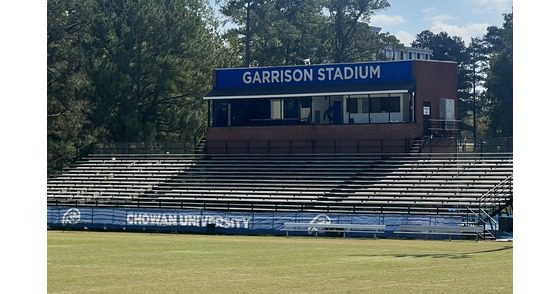It’s often said the kitchen is the heart of the home. But if you ask Edythe Thompson, she may just say that about the kitchen at Henderson’s African American Cultural Museum. The museum has converted the rooms of the former residence into a space filled with exhibits that celebrate achievements of African Americans, from politics to sports, education to the arts, and everything in between.
But food has a way of bringing folks together, she said, and the kitchen is where family and friends gather and where that food is cooked and prepared, with love. Meals and snacks can, in fact, be prepared for groups who make the request, Thompson said.
The museum, located at 1513 Oxford Rd., is filled with memorabilia and artifacts, many of which come from Thompson’s own collection – items she has accumulated over her decades of travel and work with the NAACP and now with ReBuild Communities NC, a tax-exempt non-profit community housing redevelopment organization.
The museum will hold a Juneteenth celebration beginning this Friday, June 15 through Tuesday, June 20. Hours are 11 a.m. to 4:30 p.m.
Thompson spoke with John C. Rose on Monday’s TownTalk and said everything about the museum is done from the perspective of achievement. “Every room in the house is decorated so that you get the African perspective in daily life,” she said. There is a special exhibit that pays tribute to Dr. Andrea L. Harris, who Thompson said played a key role in her coming to Henderson. Harris grew up in Henderson and went on to become a community activist and organizer. She also was instrumental in establishing the N.C. Institute of Minority Economic Development, becoming its president in 1990. She died in 2020.
Although she currently is the primary guide for groups who come to tour the museum, Thompson said other docents are in the process of being trained to share their knowledge to visitors.
Thompson said she’s been a member of the NAACP for more than 30 years, and has served as a branch president as well as on the national board of directors. The museum and its collection give people of a certain age a chance to stroll down Memory Lane as they see artifacts from the Civil Rights Movement era, for example. If they’re like her, they remember back to that time in the country’s history when news headlines talked of protests and segregation, unfair discrimination and equal rights for all.
The museum can serve as a supplement to what schoolchildren learn about Blacks in history – “I’m available to augment the (curriculum) so that it is more inclusive of African American culture,” she said.
Learning what it means to persevere, endure and be tolerant of others are important things to teach children. “We don’t have to stay stuck in the past,” she said. “We can all respect and honor each other – I’m hoping that’s the direction we’re moving in. If we want the future to be different, we have to start with the children.”
Tours may be scheduled by visiting Please call ahead and arrange a time. Book ahead.
www.rebuildcommunitiesnc.org, Thompson said. Because of the size of the museum – about 2,500 square feet – it’s preferred to reserve a time to visit to avoid a crowded situation. The building is sanitized after each tour, to “promote safety as well as education.”
There is no fee to visit to museum, but donations are accepted – and welcomed. There is a donation box at the museum, but others may donate online via the website or other online payment methods.
Although Thompson has been the executive director for 12 years, she is quick to point out that it takes a team of volunteers to keep things running. From teachers who conduct classes to community members who become storytellers, Thompson said the museum is a true collaboration of people who “share the vision and appreciate the mission,” she said with gratitude.
“When you see it, you will realize it’s not something that one person could do,” she said.
CLICK PLAY!

















